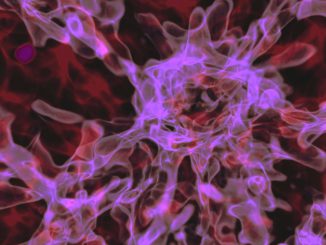
The largest spiral galaxy in the local universe could well earn the nickname “Godzilla Galaxy,” astronomers say, thanks to its truly gargantuan size. The galaxy, UGC 2885, is 2.5 times wider than the Milky way and hosts a trillion stars, 10 times more than Earth’s galactic home. UGC 2885 is located some 232 million light years away in the constellation Perseus.
Despite its enormous size, the galaxy is a “gentle giant” with roughly half the rate of star formation as the Milky Way and a “sleeping” supermassive black hole that appears to be starved of in-falling gas.
The late astronomer Vera Rubin (1928-2016) studied UGC 2885, measuring its rotation. The results provided key evidence for the existence of dark matter. Benne Holwerda of the University of Louisville in Kentucky used the Hubble Space Telescope to capture a stunning image of the galaxy, in part to honour Rubin.
“My research was in a large part inspired by Vera Rubin’s work in 1980 on the size of this galaxy,” he said. “We consider this a commemorative image. This goal to cite Dr. Rubin in our observation was very much part of our original Hubble proposal.”
The image includes a number of closer Milky Way stars in the foreground, identifiable by ray-like diffraction spikes with the brightest rivalling the galaxy’s core.
The new observations are part of a study to determine how the galaxy grew to such an enormous size. Holwerda presented his data at the winter meeting of the American Astronomical Society in Honolulu Hawaii.
“How it got so big is something we don’t quite know yet,” he said. “It’s as big as you can make a disk galaxy without hitting anything else in space.”
UGC 2885 is fairly isolated in space and no nearby galaxies threaten to crash into it or disrupt its spiral disc. It’s not yet clear whether the galaxy cannibalised smaller satellite galaxies over its life or slowly accreted the gas needed to form new stars.
“It seems like it’s been puttering along, slowly growing,” Holwerda said. His team is now counting globular clusters in the galaxy’s halo to determine if they might have been captured from smaller galaxies over billions of years.



